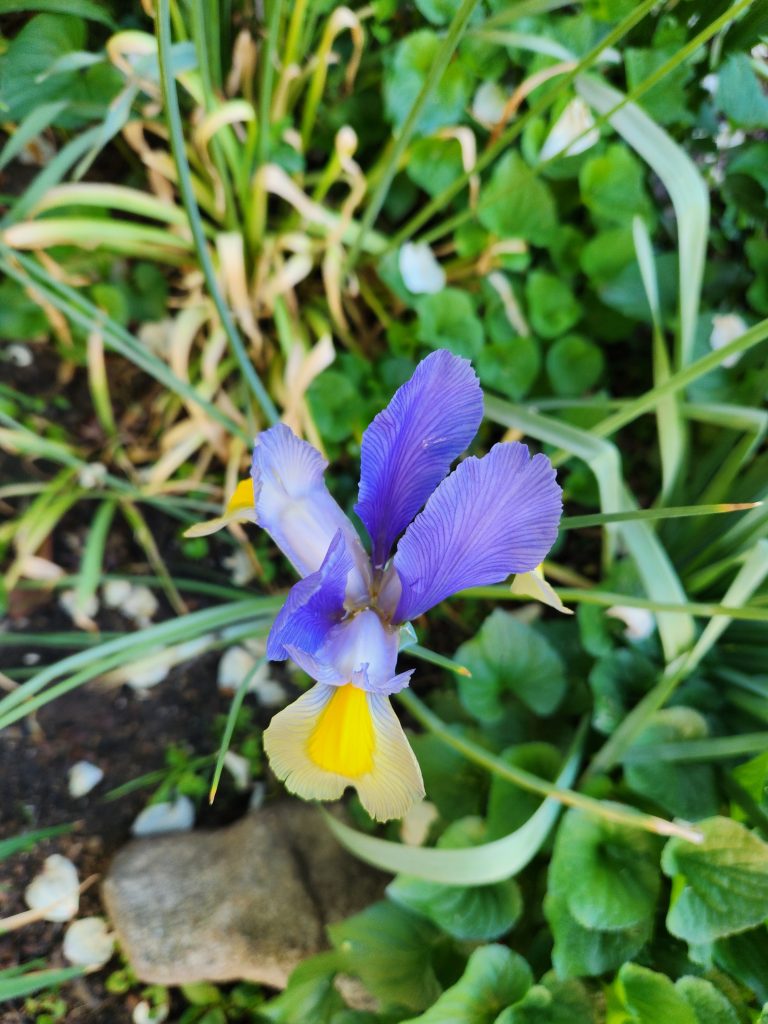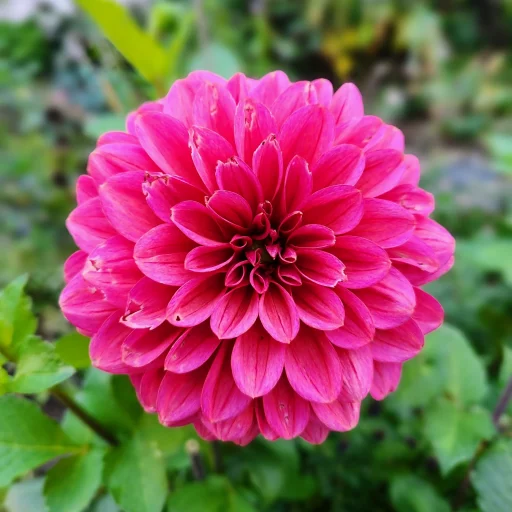I never thought of myself as a survivor. That word felt too big, too dramatic—until 2019, when my world flipped upside down. I didn’t even know what a blood clot was, let alone that one could kill me. But there I was, in the ER for the second time that year, completely unaware that my life was about to change forever.
The Moment Everything Changed
A doctor told me to go to the ER, so I did—still convinced I was fine. After some initial blood tests, a nurse walked in, jabbed a needle into my stomach, and said the words that still echo in my mind:
“You’re being admitted. You have blood clots.”
Excuse me, what?
I barely had time to react before she continued: “This medication will begin to help until we can do more tests to find out where the clots are in your body.”
Shocked, I grabbed my phone, called my sister, and said, “My battery is dying, but I need you to tell the family. I’ll update you when I can.”
Many tests later, the results were in: I had a deep vein thrombosis (DVT) behind my right knee and a pulmonary embolism (PE) in my lungs. Blood clots in two places. I didn’t fully process it. How could I?
I spent two days in the hospital—honestly, I should have stayed longer, but I asked to go home. Big mistake.
The Silent Battle No One Warns You About
No one prepares you for what happens after you leave the hospital. Sure, they give you medication, tell you to follow up with a doctor, and send you on your way. But they don’t mention the crippling PTSD that follows.
Every sensation felt like a death sentence. A small ache? It’s another clot. A weird heartbeat? I’m going to die. Every night, I lay awake, terrified I wouldn’t wake up in the morning. I cried in the dark, exhausted but unable to sleep.
And the panic attacks? Some lasted 45 minutes straight.
“They diagnose the body, but no one warns you about the war your mind will fight.”

Survivor’s Guilt & the Weight of Reality
100,000 people die from blood clots every year. I could have been one of them.
Survivor’s guilt hit hard. Why did I make it when so many others didn’t? How close had I actually been to death? That thought alone kept me spiraling for months.
Therapy became my lifeline. I knew I couldn’t survive this mentally on my own. I also found support groups online—my people. There’s nothing like a community that truly understands what you’re going through. No one else gets it, but fellow blood clot survivors do.
I wish I could say the fear is gone, but even six years later, it lingers. Sometimes, I feel a weird sensation on the right side of my back, and my brain immediately panics: Is this another clot? Then I remind myself: I am safe.
The reality is, I’m 33% more likely to have another clot just because I’ve had one before. And yeah, I’m scared. I don’t know if I’d survive a second time. But here’s what I do know:
“I refuse to let fear write my story. I choose to live.”
Turning Pain into Purpose
There was a time I was too afraid to live, convinced I was another blood clot away from death. But now? Now, I focus on what brings me joy.
Photography became my outlet—first as an escape, then as a passion, and now, as a mission. Later this year, I’ll be launching a project that means everything to me: capturing the powerful stories of blood clot survivors through photography.
“We are more than statistics. We are warriors, fighters, survivors. And our stories deserve to be told.”
This initiative is just getting started, but trust me—it’s coming. Because sharing these stories isn’t just important; it’s necessary.
Your Story Matters—Let’s Tell It Together
If you’re a fellow survivor (in the NYC area), I want to hear from you. Your journey deserves to be seen, heard, and honored. Let’s tell it together!
📩 Share your story with me at maria.carrillo@lensthroughmec.com.
This isn’t just my story—it’s ours. And I can’t wait to capture the resilience, strength, and beauty of survivors like you.
Let’s make sure the world sees us. Because we are still here. And that means everything.
Always,
Fellow survivor and thriver MEC


Leave a Reply